This project is a website redesign challenge based on a real collaboration with 77 Spirits, a premium rum distributor in Canada. As part of a college-industry partnership course, the founder shared their story, branding challenges, and the limitations of their current website, which was created quickly using Canva and some AI tools.
Based on these insights, I redesigned the homepage to better present 77 Spirits, highlight its premium image.
The company did not move forward with any student proposals, but this project still gave me the chance to apply my professional experience in a real-world situation.
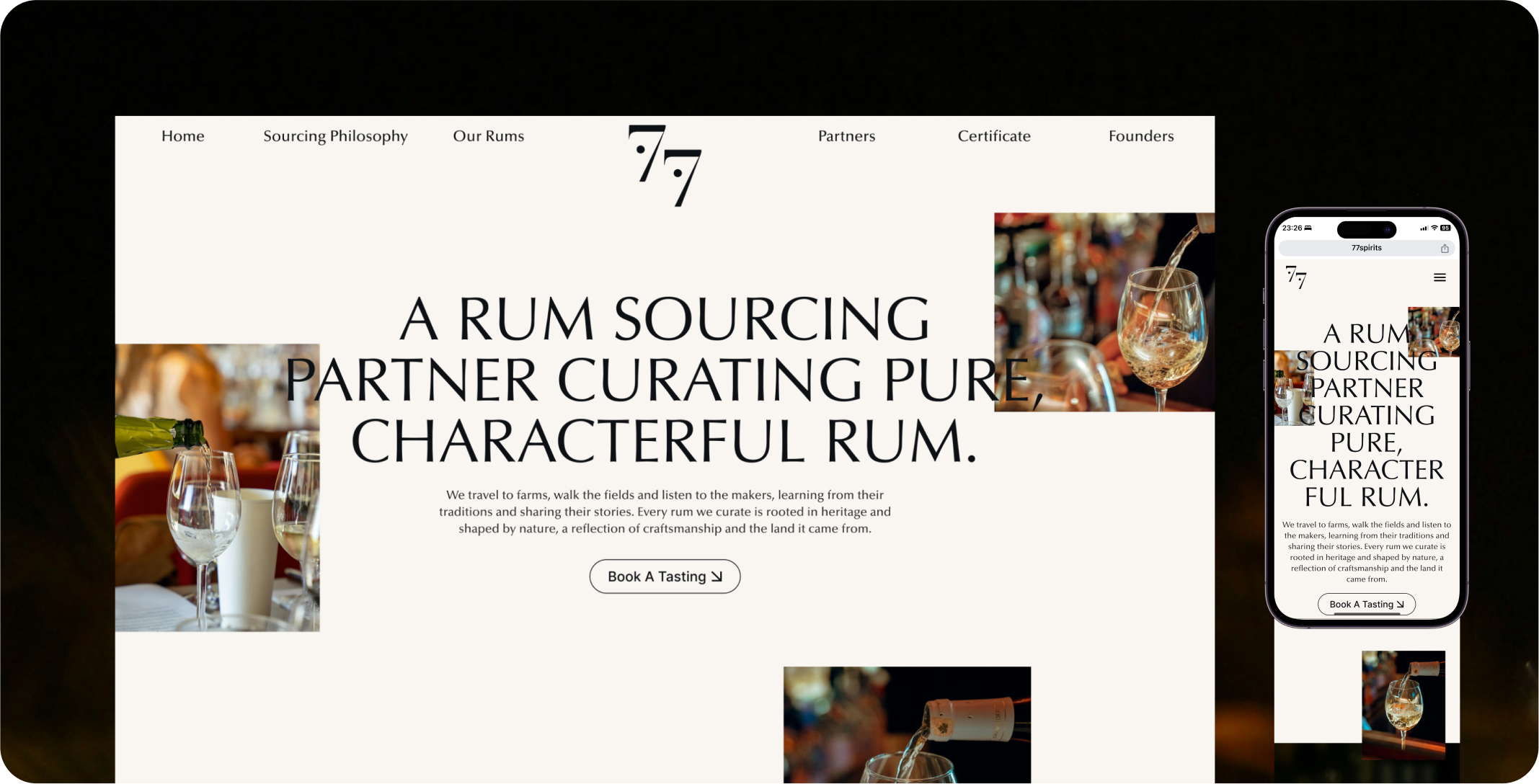
77 Spirits is a premium spirits distributor that imports rum products and supplies them to other alcohol brands. However, the current website lacks clear B2B positioning, has an unclear information hierarchy, and is missing strong calls to action (CTAs).
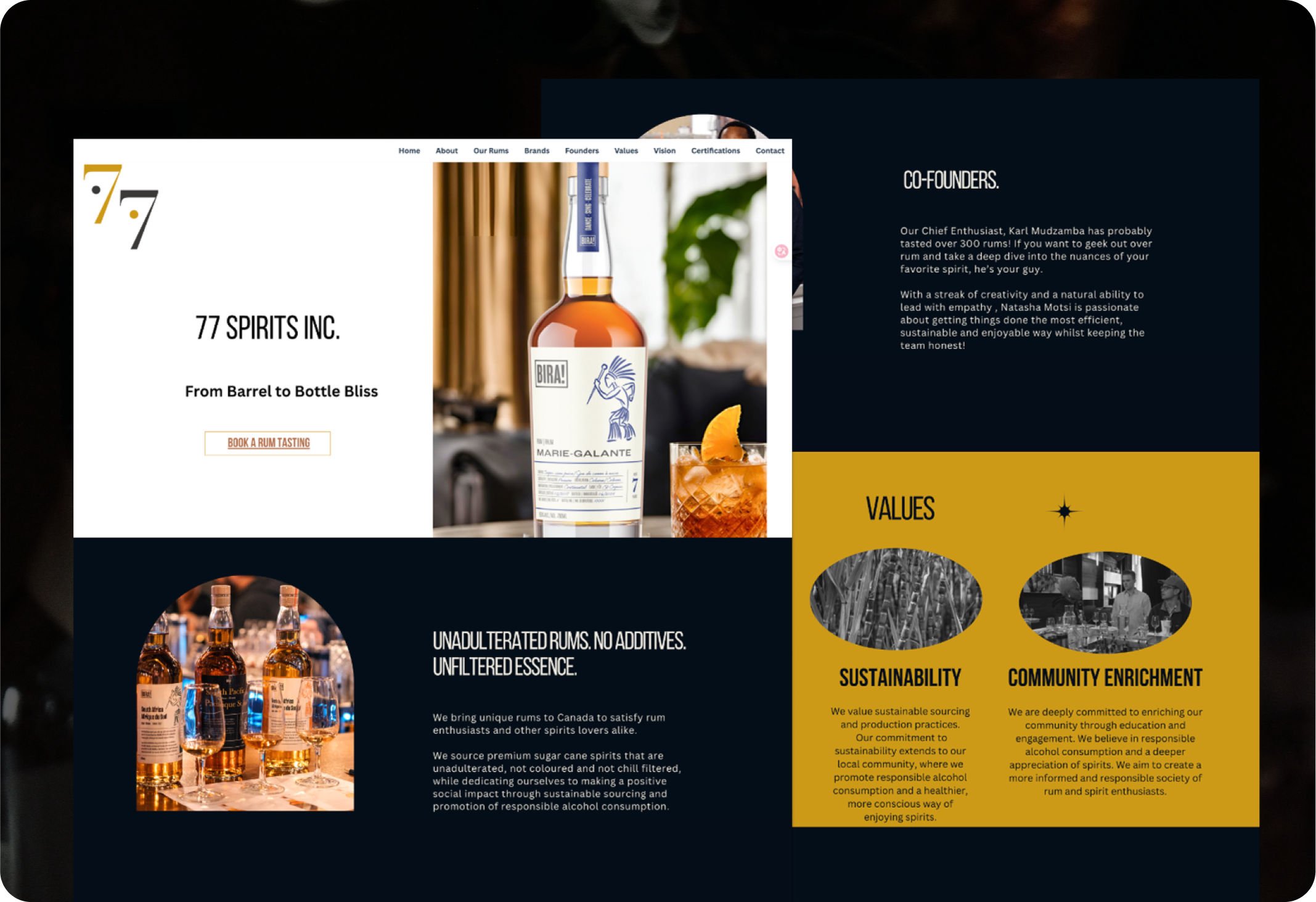
The primary goal of the website is to encourage high-end buyers, such as craft spirit producers, boutique liquor retailers to reach out and start a business relationship. To achieve this, the website needs to do more than just look polished. It must:
1. Build trust by showing sourcing transparency, proof of quality, and the founder's story, .
2. Demonstrate uniqueness by highlighting rare rum selections and direct-from-origin sourcing.
3. Make collaboration easy with a simple contact flow, clear CTAs, and structured information for decision-makers.
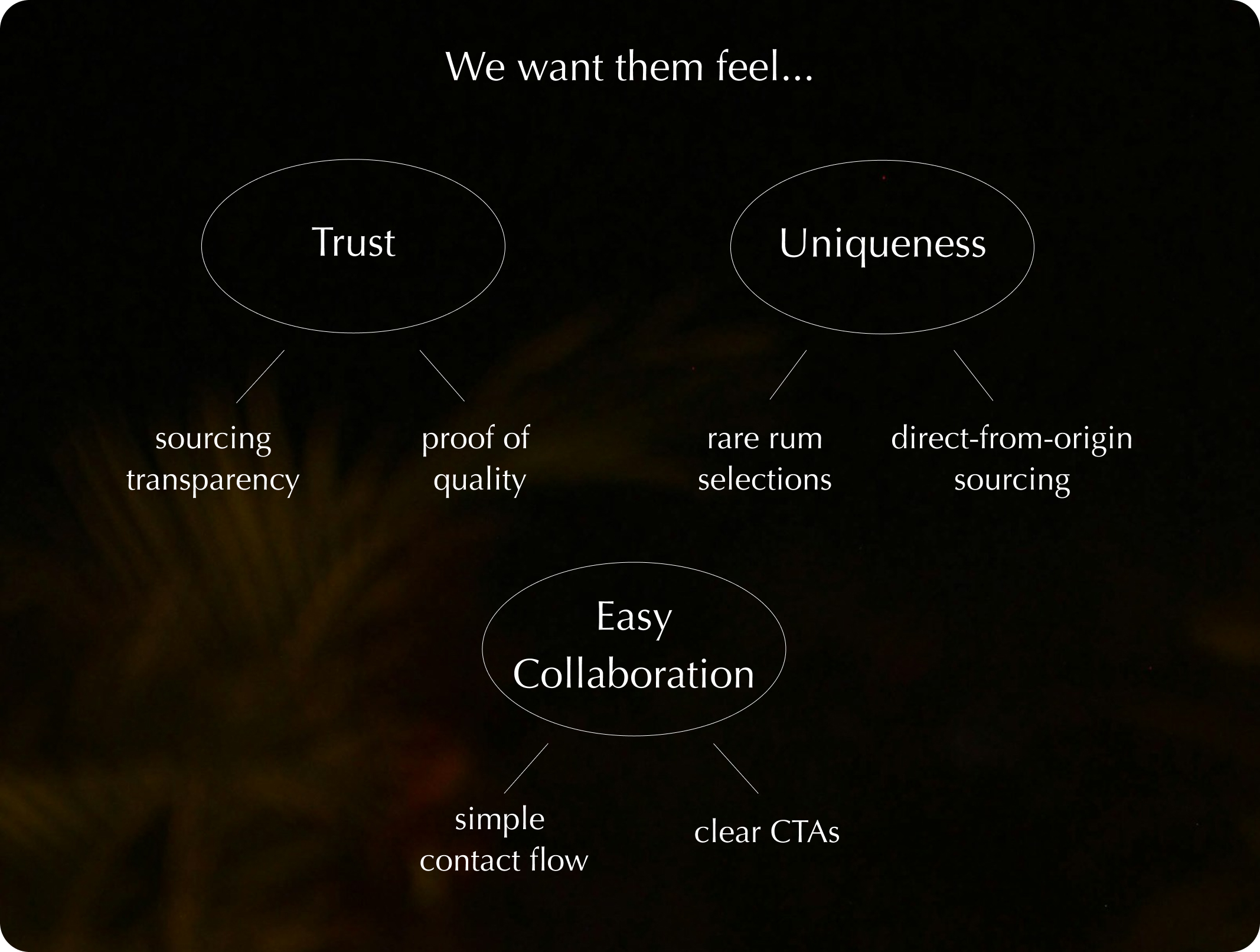
Based on the objectives above, here’s the visual direction that aligns with our strategy of building trust and clarity for B2B buyers.
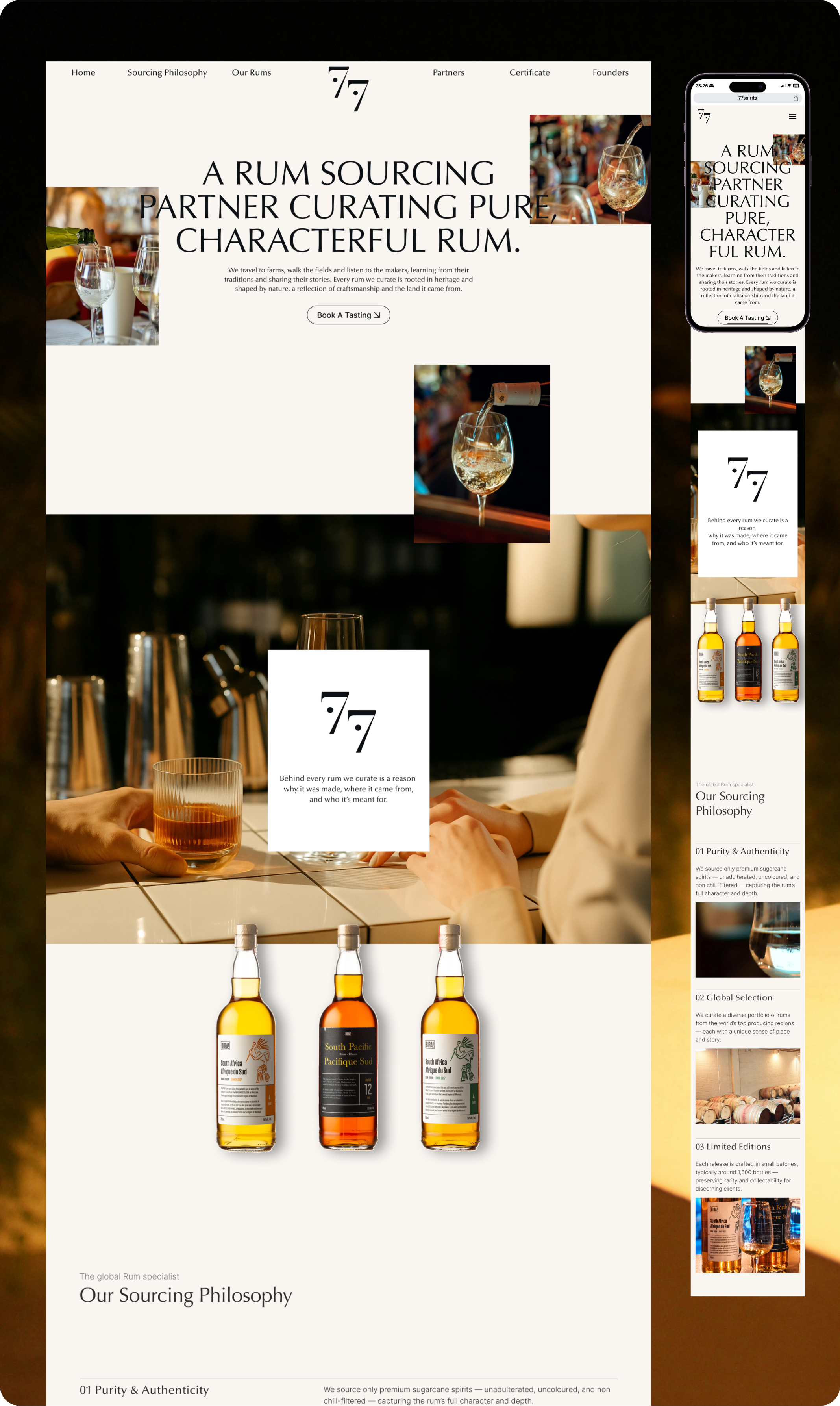
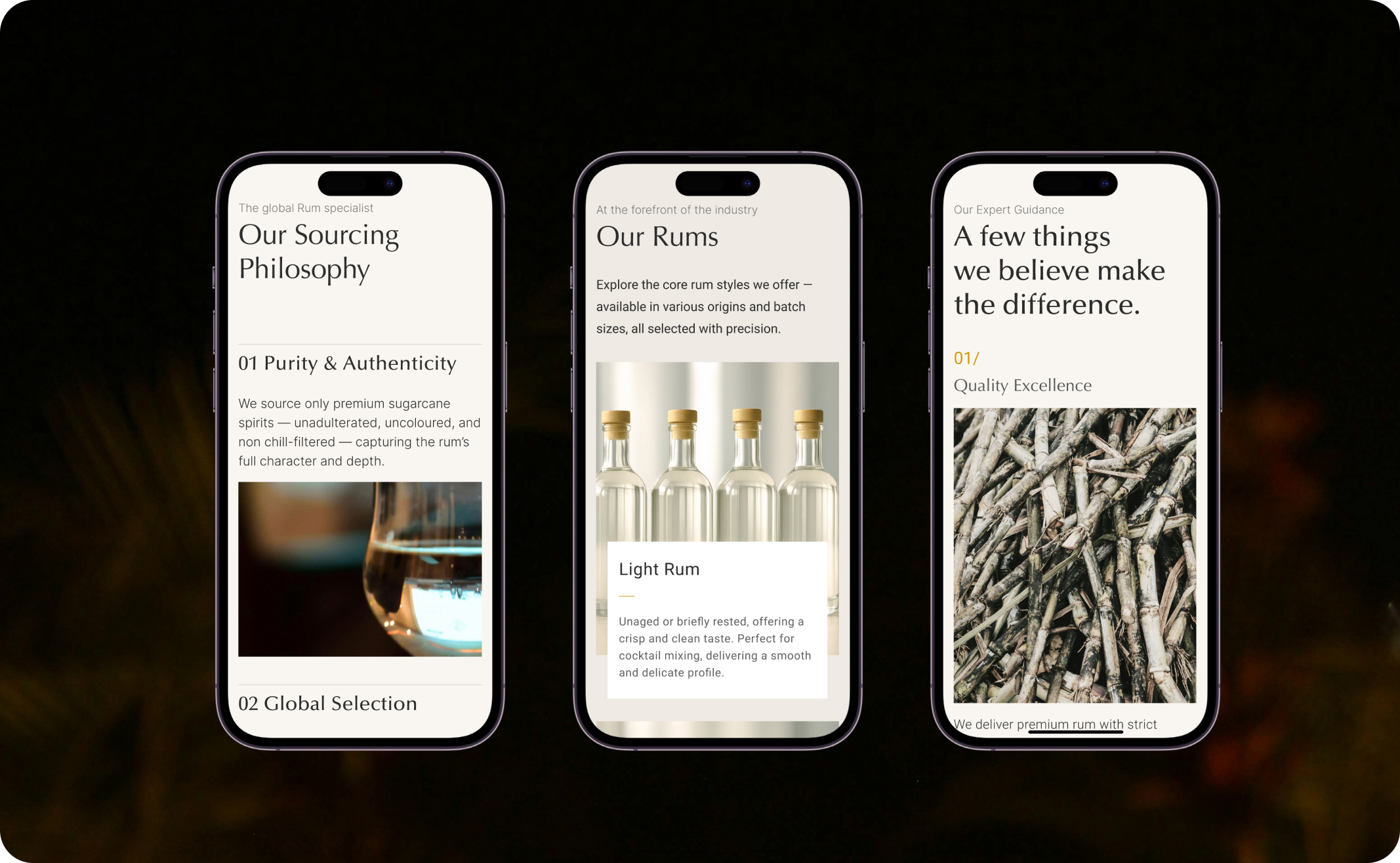
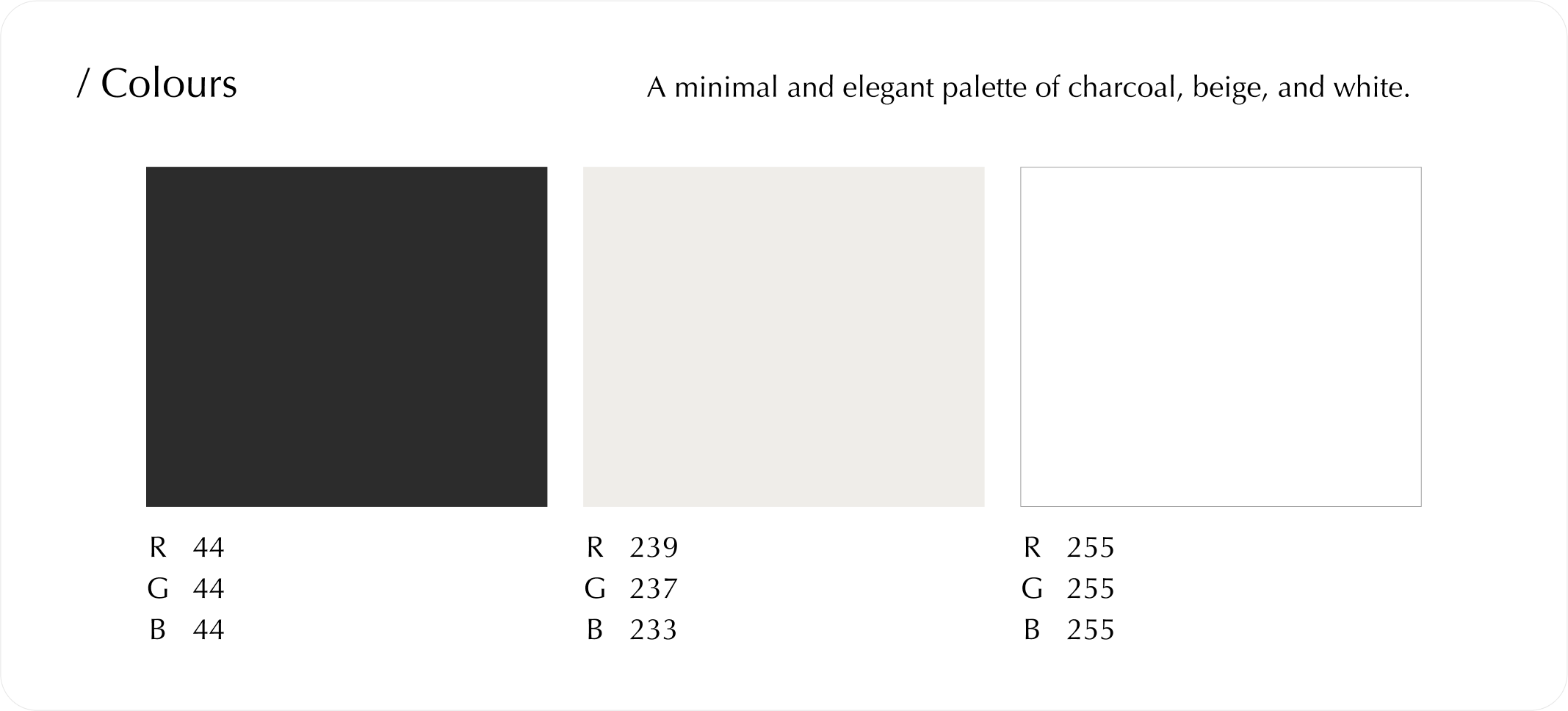
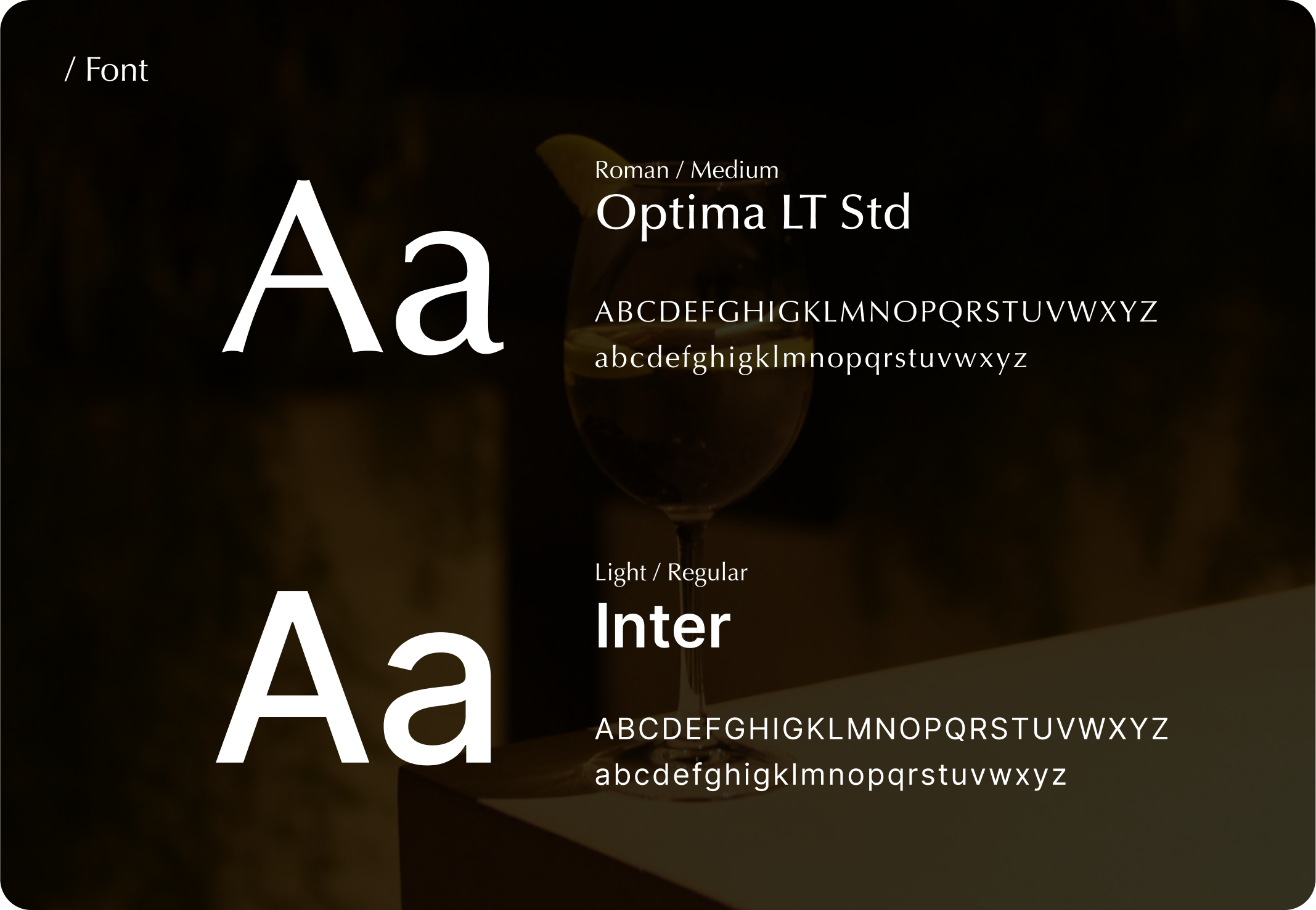
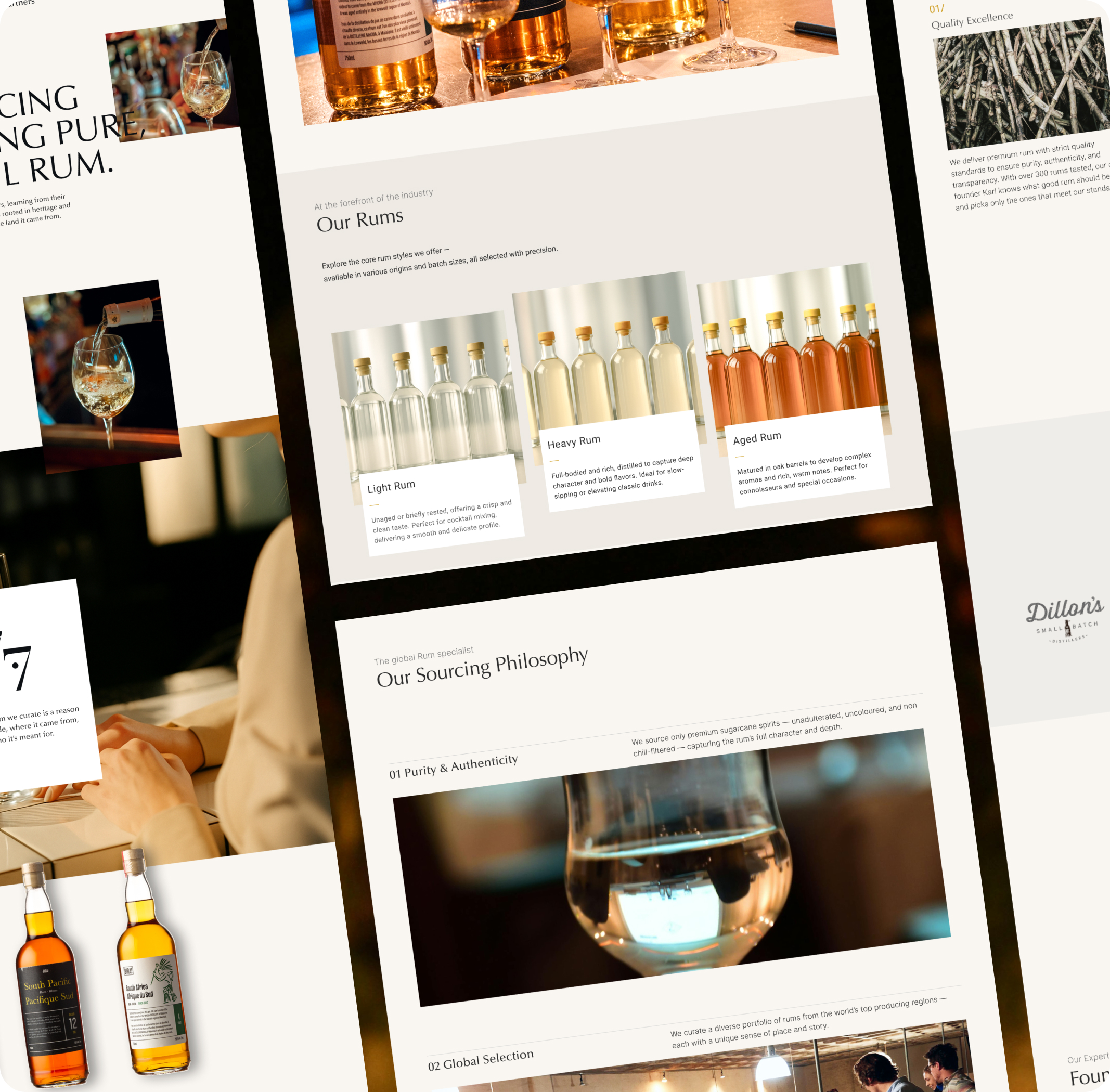
By leading with credibility and clarity, this site structure supports the main B2B user goal:
“Can I trust this supplier, and are they worth contacting?”
This approach reflects B2B buyer psychology:
First: Evaluate credibility
Then: Understand offering
Finally: Take action

I plan to continue refining the design by conducting usability testing and talking to potential stakeholders. This will help me evaluate whether the new structure, visual direction, and messaging truly meet the needs of the target audience.
Objective:
To evaluate whether users can quickly understand what the website is about and identify its core offering within the first few seconds of landing on the homepage.
Method:
Participants are shown a screenshot of the homepage for 5 seconds. Afterward, they are asked a series of questions to assess comprehension and recall.
Success Indicators:
At least 80% of participants correctly identify the business as a B2B spirits distributor.Clear understanding of the company's value proposition (e.g., importing African rum, working with other brands).High recall of brand name or visuals from the hero section.
Objective:
To test whether potential B2B users can efficiently complete key tasks on the site and whether the information architecture supports their goals.
Method:
Moderated testing with 5–7 target users, using a clickable prototype
Success Indicators:
Task completion rate over 90%.
Task completion time within expected range (e.g., under 1 minute per task).
Qualitative feedback indicates the content is clear and trustworthy.